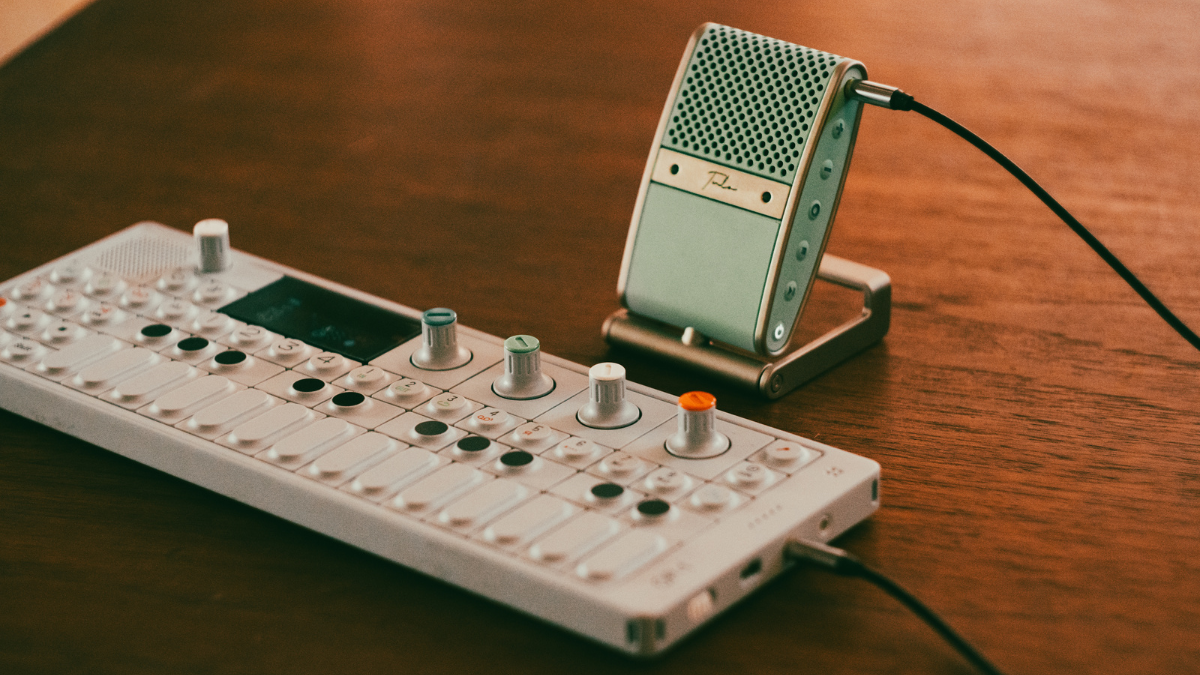With the rise of podcasting and content creation, having a high-quality microphone has become essential for many individuals. The Tula Microphone is gaining popularity due to its impressive features and portability. However, a common question that arises is whether an audio interface is necessary when using a Tula Mic. In this blog post, we will explore the importance of audio interfaces and whether they are required when using a Tula Mic.
Understanding Audio Interfaces
Before delving into the specifics, let's first understand what an audio interface is. An audio interface is a piece of hardware that connects your microphone or other audio sources to your computer or recording device. It acts as a bridge between your microphone and your digital workstation, ensuring optimal audio quality and control.
Benefits of Using an Audio Interface:
1. Improved Sound Quality: One of the primary advantages of using an audio interface is the significant improvement in sound quality. Audio interfaces are designed to convert analog signals from your microphone into a digital format that your computer can process effectively. This conversion process ensures cleaner, more accurate recordings with reduced background noise and improved dynamic range.
2. Gain Control and Preamp Features: Many audio interfaces come equipped with built-in preamps that allow you to adjust the gain level of your microphone. This feature is particularly useful when recording different types of audio, ensuring optimal levels and preventing distortion. Having control over the gain settings helps capture audio with greater clarity and precision.
3. Versatility and Connectivity: Audio interfaces offer various connectivity options, including XLR and USB ports. This versatility allows you to connect different types of microphones, instruments, and other audio sources to your recording setup. Additionally, some audio interfaces offer multiple inputs, enabling simultaneous recording of multiple audio sources.
4. Monitoring Capabilities: Audio interfaces often include headphone outputs with dedicated volume controls. This feature allows you to monitor your recordings in real-time without any latency, ensuring accurate monitoring and preventing audio mishaps during recording sessions.
Do You Need an Audio Interface with a Tula Mic?
The Tula Microphone is a versatile and feature-rich device that offers excellent audio quality. It features a built-in analog-to-digital converter (ADC) that directly connects to your computer via USB. This direct USB connection eliminates the need for an audio interface, as the Tula Mic already handles the conversion process internally.
However, if you are looking to enhance your audio quality further, gain more control over your recordings, or require additional connectivity options, investing in an audio interface may still be beneficial. An audio interface can complement the Tula Mic by providing advanced features like multiple inputs, preamp control, and improved sound processing capabilities.
While the Tula Mic does not require an audio interface for basic recording needs, the decision to invest in one ultimately depends on your specific requirements and preferences. If you are satisfied with the audio quality and features provided by the Tula Mic alone, an audio interface may not be necessary. However, if you seek enhanced control, versatility, and improved sound quality, an audio interface can be a valuable addition to your recording setup.
Remember, the ultimate goal is to create content that resonates with your audience, so prioritize finding the right tools and equipment that best suit your needs and budget.




Dejar un comentario
Este sitio está protegido por hCaptcha y se aplican la Política de privacidad de hCaptcha y los Términos del servicio.